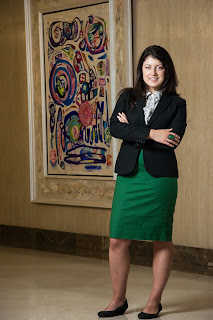 |
| ISO 400, 28mm, f/5.0, 1/125sec |
 |
| ISO 400, 105mm, f/4.0, 1/40sec |
This past Wednesday, November 28th, I had the pleasure of meeting and photographing Jeffrey Samson, one of Dawson's Mech Tech graduating students. I worked using two softboxes: one, on the left, lighting the machine; and a second strip softbox on the right, lighting my subject.
Overall, the photo shoot went quite smoothly. No major challenges, just minor adjustments like eliminating hot spots and flare as well as distracting background elements, such as power cords, boxes, people, other classmates' lighting equipment, a big brown rust spot on the ground, etc. As usual, I had to experiment a little to find a good pose and angle, but this was one of those shoots where I could have kept shooting a long time before running dry.
I was fortunate to have a great subject, and I was well-prepared. I actually found that the physical constraints of the space helped me to focus and structure the shoot effectively.
What would I change in my preparation if I had the opportunity to go back and do it again?
I would have checked that the battery of the camera I borrowed from the equipment room was completely charged. After testing my lights, I would have lowered the ISO to eliminate some noise, especially since I had the wiggle room.
I would have checked that the battery of the camera I borrowed from the equipment room was completely charged. After testing my lights, I would have lowered the ISO to eliminate some noise, especially since I had the wiggle room.





